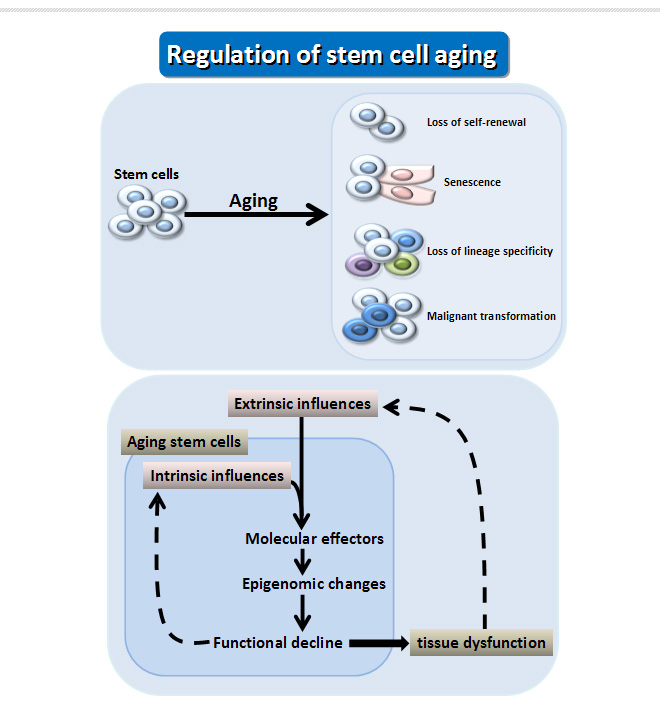|
HOME > Proposed research projects > 2012-2013: Proposed research projects 25
 2012-2013: Proposed research project 25Regulation of stem cell aging and its implication for functional decline of epithelial tubule tissues during aging process
Purpose of the Research ProjectThe epithelial tissues which cover the body inside and out can perform impermeability and protection against the environmental factors. However, function of epithelial tubule tissues decline with age. Moreover, it has recently been reported that age-associated functional decline of these tissues not only weaken the defensive function against the environmental factors, but may also affect the function of other organs. Meanwhile, adult stem cells are known to be responsible for the cellular turnover of many organs and tissues, and failure of this regulation will lead to aging and disease. In this study, we are aiming to clarify how the function of adult stem cell in epithelial tubule tissues changes with age and whether stem cell aging is responsible for the functional decline of epithelial tubule tissues during aging process. Content of the Research ProjectIn this study, we will try to elucidate following three points, focusing on salivary gland. Expected Research Achievements and Scientific SignificanceWe believed that elucidation of the molecular pathways underlying stem cell dysfunction with age will provide valuable new insight into the understanding of development of age-associated disease and open up new possibilities for its control.
|








